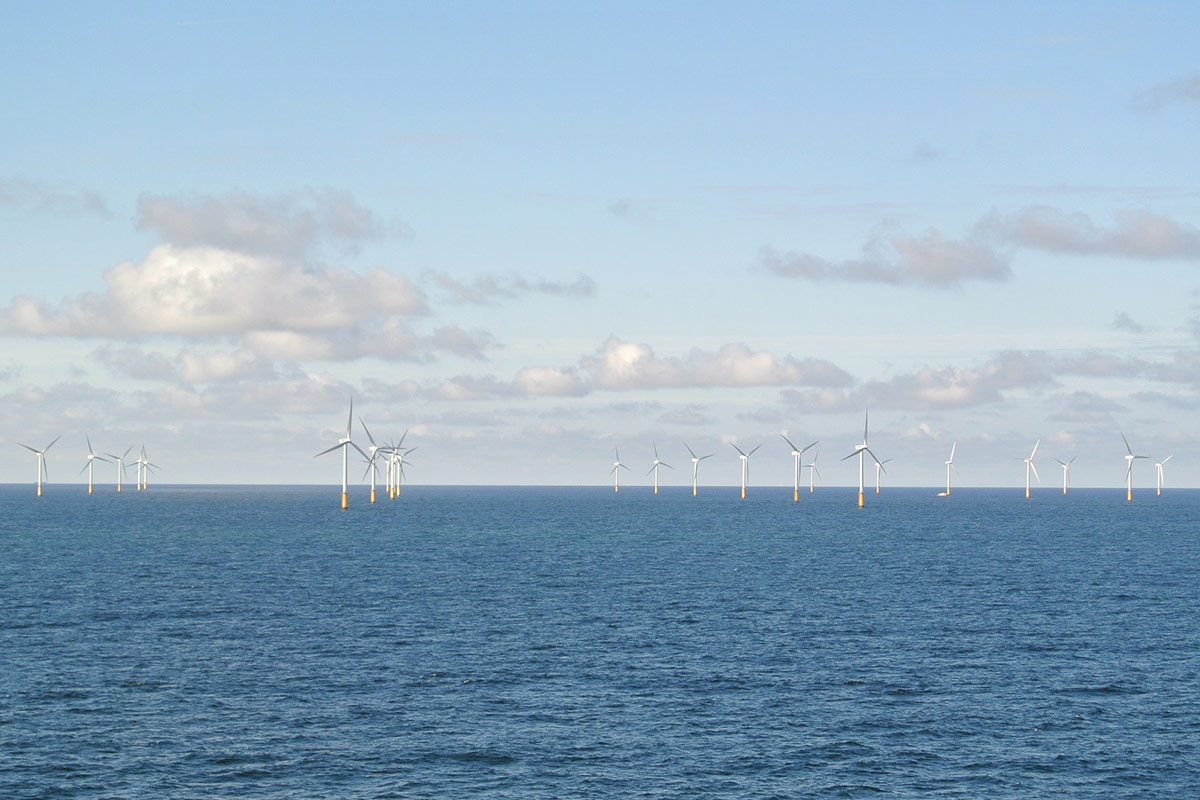News
Market-driven offshore wind is key to Europe’s fight against climate change

7 June 2019
On 4 June WindEurope CEO Giles Dickson took part in a panel on jobs and exports at the Assises Nationales des Energies Marines Renouvelables, the annual French conference for marine renewable energy.
Organised by SER, the French renewable energy association, the event took place in Dunkirk as the European wind industry awaits for the results of the Dunkirk offshore wind tender.
Currently, offshore wind directly contributes €4.6 bn per year to the EU GDP. This is 20% of the wind industry’s direct contribution to EU GDP: €22.3 bn per year. Offshore wind already supports 40,000 jobs in Europe, with many of these jobs being highly localised: blades and navels tend to be made close to the market. Different countries and regions tend to specialise in different areas of the supply chain: Spain makes a lot of towers, for example, while Poland makes most of the foundations and cranes, despite not yet having any offshore wind farms.
In the wake of the recent European elections, the European Parliament has an unprecedented mandate to expand renewables in Europe to meet the challenge of climate change. Offshore wind stands to play a major role in this. But the key point to remember is that the level of localisation and specialisation seen across Europe’s offshore industry has developed in a ‘bottom-up’ manner – driven by the market. Experience has shown that if you want both local jobs and low costs, it’s best to let the market work. Only one country has tried to impose local content rules in a top-down fashion: France. And the outcome of this has been clear: offshore wind is more expensive in France than anywhere else and France still has not completed its first offshore wind farm.
France can make a serious contribution both to offshore wind and the greening of the European grid. Currently there are over 2,000 offshore wind jobs in France, but the French Wind Energy Association expects this figure to reach 15,000 by 2030. The results from the most recent offshore wind tender in Dunkirk should be out by the end of June, and while the consultation document for the Dunkirk tender stipulates that the project must contribute to local economic development, local content does not seem to be as important as it was in the first two rounds of French offshore tenders.
To find out more about what the new European Parliament means for the wind industry, check out our video:

